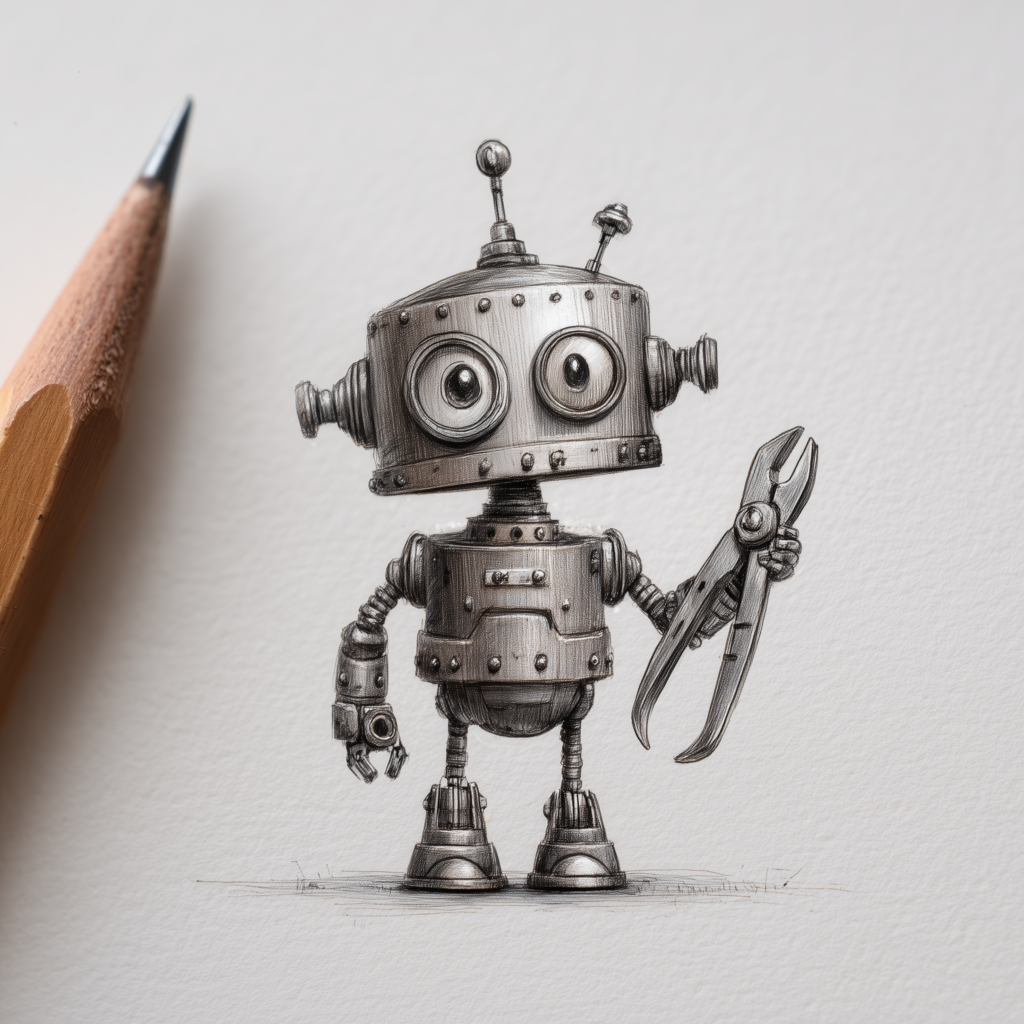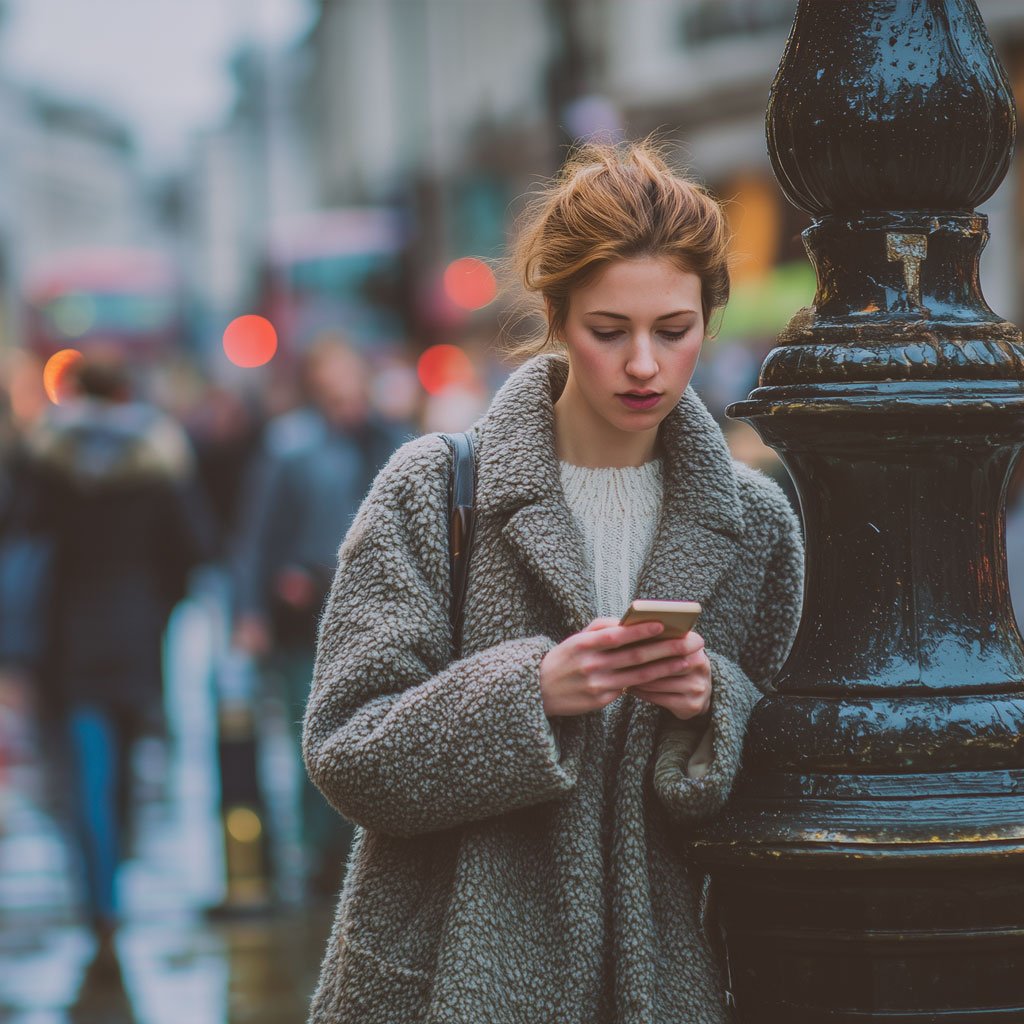As we step into 2025, design is evolving faster than ever, driven by emerging technologies, shifting consumer expectations, and the seamless integration of AI into creative workflows. For Marketing, Creative, and CX leaders, staying ahead of these changes isn’t just about aesthetics—it’s about crafting meaningful experiences that drive engagement, brand loyalty, and business growth. Let’s explore the top design trends shaping the future and how AI is redefining the role of designers.
1. AI as a Creative Partner, Not a Replacement
AI-powered tools are no longer just assisting in design—they are actively shaping how we create. From generative AI platforms like MidJourney and Runway to Adobe’s AI-driven enhancements, designers can automate tedious tasks, iterate faster, and explore new creative possibilities at an unprecedented scale. However, the most successful creatives will be those who leverage AI as a collaborative partner rather than a replacement for human ingenuity. The future belongs to designers who understand how to blend AI capabilities with storytelling, strategy, and emotional intelligence.
2. Hyper-Personalization Through Data-Driven Design
With customer experience at the forefront, design is becoming increasingly personalized. In 2025, brands are using AI and machine learning to create hyper-targeted visual experiences that adapt in real time based on user behavior. Whether it’s dynamic web interfaces, adaptive branding, or AI-curated content, the key is ensuring design serves individual needs without feeling robotic or invasive.
3. The Rise of No-Code and Low-Code Design Tools
No-code and low-code platforms continue to democratize design, empowering marketers and CX teams to create professional-level experiences without needing deep technical skills. Tools like Figma, Webflow, and Framer are making it easier than ever to prototype, test, and launch visually compelling products. This trend is forcing designers to shift focus from purely executional roles to more strategic positions—ensuring brand consistency, usability, and long-term design thinking.
4. The Aesthetic of Imperfection: Humanizing Digital Design
As AI-generated visuals become more polished and widespread, a counter-trend is emerging—one that embraces raw, hand-drawn, and imperfect aesthetics. In an era where digital content often feels overly curated, brands are leaning into more organic, tactile, and expressive design elements to foster authenticity. Expect to see a resurgence of sketch-like illustrations, asymmetric layouts, and glitch-inspired aesthetics in 2025.
5. Immersive and 3D-Driven Experiences
The evolution of AR, VR, and the metaverse continues to push the boundaries of design. Web and mobile experiences are becoming more immersive, integrating 3D elements, interactive animations, and spatial computing to enhance engagement. Brands investing in this space will not only stand out but will also create deeper emotional connections with users through interactive storytelling.
6. Sustainable and Ethical Design Choices
Consumers are more conscious than ever about sustainability, and design is playing a pivotal role in how brands communicate their environmental and ethical commitments. In 2025, sustainable design isn’t just about minimalism—it’s about creating digital and physical experiences that are accessible, inclusive, and mindful of carbon footprints. Expect to see a rise in dark mode interfaces, energy-efficient website optimizations, and eco-friendly packaging solutions.
The Future of Design: Strategy, Storytelling, and Human Insight
As AI takes over more of the technical execution, the role of designers is shifting toward strategy, conceptual thinking, and experience design. Creativity is no longer just about making things look good—it’s about making things work seamlessly, emotionally resonating with audiences, and crafting experiences that align with business objectives.
For Marketing, Creative, and CX professionals, 2025 is the year to embrace AI, refine strategic design thinking, and prioritize customer experience like never before. The tools are changing, but the core of great design remains the same—understanding people and telling compelling stories.
How is your team adapting to these trends? Let’s connect and discuss how design can shape the future of your brand!





